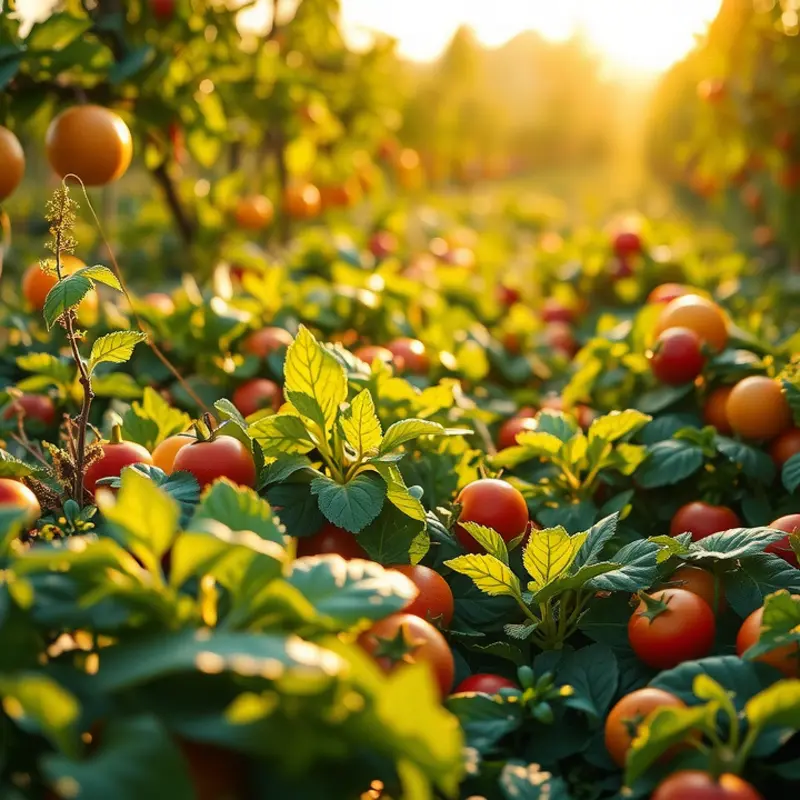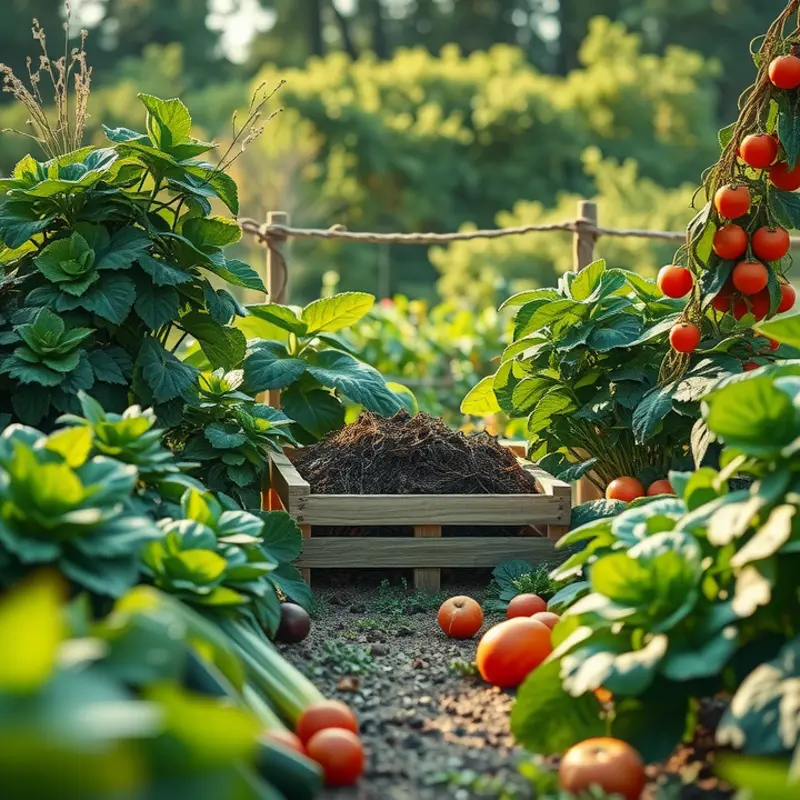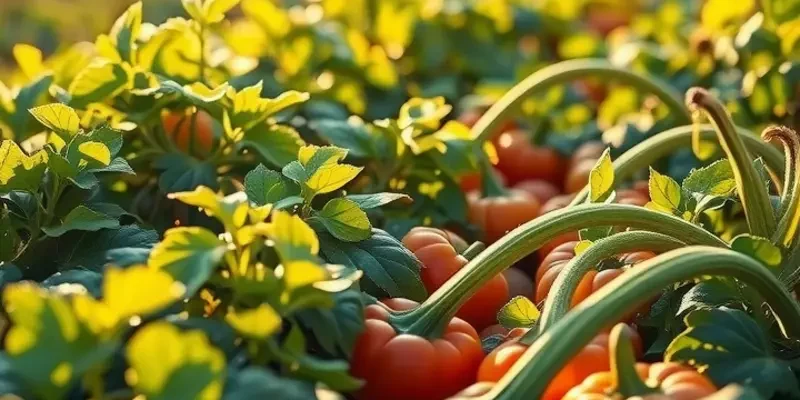Sustainable food practices not only benefit the environment but also enhance the quality of your cooking. By making informed, eco-friendly choices, home cooks can enjoy delicious meals while minimizing their carbon footprint. From sourcing ingredients to waste management, this guide offers practical solutions for environmentally-conscious individuals eager to transform their kitchens into eco-friendly spaces.
Sourcing Sustainable Ingredients

Your journey to sustainable cooking began with the ingredients you choose. Selecting local, seasonal, and organic ingredients can make a remarkable difference in how we impact the environment. By choosing food grown with respect for the earth, you are not just nourishing your body but also nurturing the planet.
Local produce, often found at farmers’ markets or through community-supported agriculture (CSA) programs, requires fewer resources to reach your table. Transportation accounts for a significant portion of food’s environmental footprint. Reducing this drastically cuts emissions. Plus, local produce tends to be fresher and more flavorful, having been harvested at its peak ripeness.
Embrace seasonality to align your meals with nature’s cycles. Seasonal foods grow in harmony with the local environment, needing less artificial intervention. These crops often have better nutritional profiles, being allowed to ripen naturally. Explore creative recipes that highlight the current season’s bounty, making each meal a celebration of local flavors.
Opt for organic produce when possible. Organic farming reduces reliance on synthetic fertilizers and pesticides, which can harm ecosystems. Organic practices promote biodiversity and enhance soil health. Though sometimes pricier, see this as an investment in long-term ecological and personal health. If budget is a concern, focus on selective purchasing by prioritizing organic for items most prone to pesticide residue.
Supporting local farmers strengthens your community’s economy while fostering an appreciation for the people who grow your food. Engage with them to understand their practices better. Many small-scale farmers employ environmentally friendly methods even if they lack organic certification. Building relationships with them can lead to more informed choices and sometimes perks, like discounts or exclusive access to special products.
To dive deeper into eco-friendly kitchen practices, explore ideas for an eco-smart kitchen. Adopt storage techniques that extend the longevity of these valuable ingredients. Simple adjustments in storage can reduce waste and increase the efficiency of your kitchen endeavors.
In summary, sourcing sustainable ingredients is about aligning our consumption habits with environmentally responsible practices. This shift requires thoughtfulness and intention but results in meals that are gratifying on many levels. By choosing local, seasonal, and organic, you contribute positively to the earth while savouring its rich offerings.
Waste Reduction Strategies in the Kitchen

Reducing waste in the kitchen is not only environmentally responsible, it can also lead to more creative cooking. A crucial step is to embrace the art of meal planning. By planning carefully, you can purchase only what you need, reducing the likelihood of food spoilage. Consider creating a weekly menu that aligns with your lifestyle and schedule, and always shop with a list.
Efficient food storage extends the life of perishables and minimizes waste. Using airtight containers to store leftovers prevents unnecessary spoilage. Understanding how to store different foods can make a significant difference. For insights on efficient storage, check out how to maintain freshness in sauces here.
Composting is another powerful way to reduce waste. Vegetable scraps, eggshells, and coffee grounds can transform into nutrient-rich compost. This not only reduces landfill contributions but also replenishes the earth. For those without a garden, even small composting setups can contribute to community gardens.
Leftovers often end up forgotten in the back of the fridge. Instead of tossing them out, find creative ways to repurpose them. Tonight’s roasted vegetables can become tomorrow’s flavorful frittata filling. Stale bread can be reborn as crunchy croutons or bread pudding.
Repurposing ingredients goes beyond leftovers. Consider using broccoli stems and cauliflower leaves, which are nutritious but often discarded. Similarly, watermelon rind can be pickled or sautéed for a unique dish.
Practicing mindful consumption is key. Avoid stocking up on items that may not be used before they expire. By understanding proper portion sizes, you can ensure meals are consumed entirely with minimal waste.
Waste reduction in the kitchen can be a fun and fulfilling endeavor, with the added benefit of fostering sustainability. By embracing these strategies, you’re likely to find new inspiration in your cooking adventures.
Final words
Embracing sustainable cooking practices not only helps protect our planet but also fosters a deeper connection to the food we consume. By sourcing ingredients responsibly and reducing kitchen waste, home cooks can play a vital role in promoting a healthier environment. Remember, small changes can lead to a significant impact in the collective effort towards sustainability. So start today—every delicious, eco-friendly meal contributes to a greener future.








